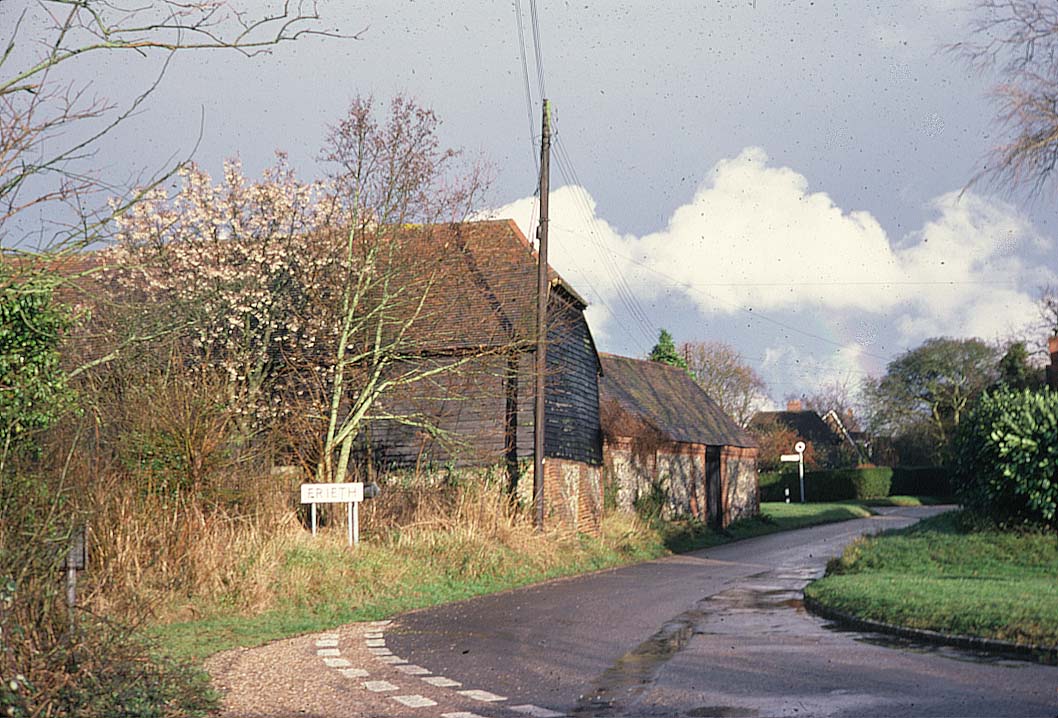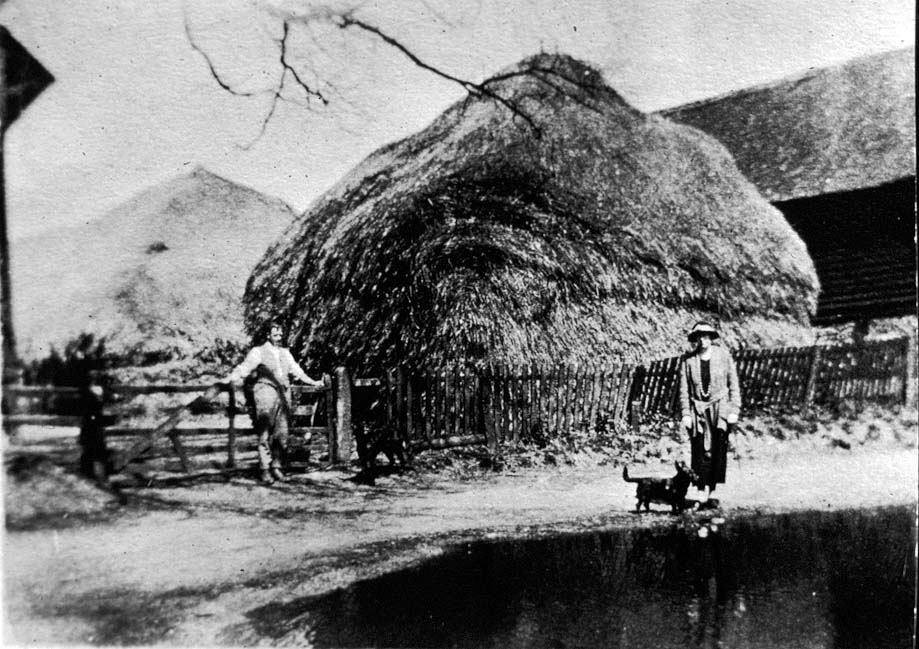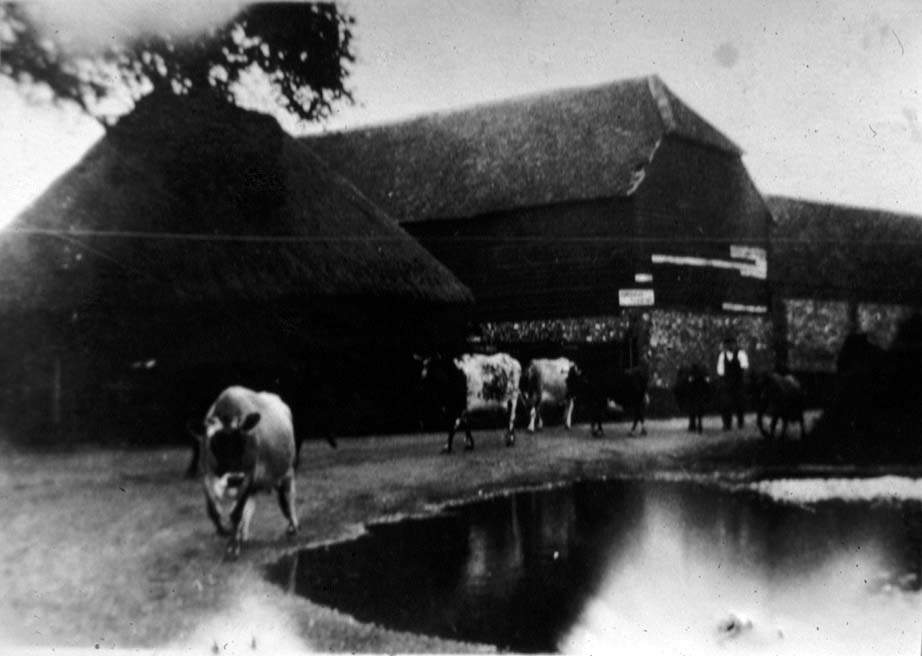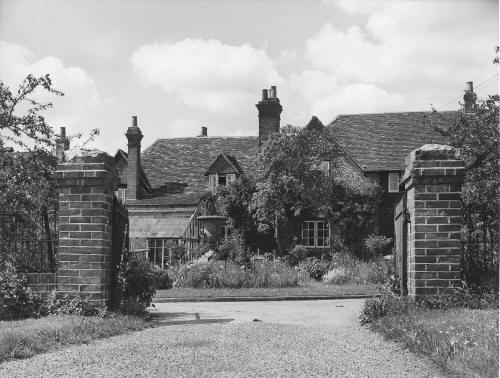Your House and Mine |
Colliers Farm |
|
Introduction
Map of Frieth Moor End Bramblings Astrea Merrydown Cottage Corner Cottage Moor's End Cottages Moor Gate House Underwood The Copse Fingest Road The Forge Folly Cottages The Willows Perrin Springs Lane Perrin Springs West's Cottages Ellery Rise Hilliers Lynden Cottage Frieth Hill Hillside Cottage Rowleys Pear Tree Cottage Hillside View The Platt Little Barlows Cutlers Cottage Yew Tree Cottage Little Cottage Barlows Birch Cottage Tedders / Rose Cottage The Old Stores The Yew Tree Inn Fairfield House Flint Cottage 1 Flint Cottage 2 Inglenook Middle Cottage Sunny Corner The Gables The Orchards Hilltop Cattons Mallards Hillswood The Old Parsonage White Gates The Laurels The Cottage The Firm Marlstone Westwood Bradstone Haylescroft The Niche Rivendell Summerhill Ashcroft Selborne The Ranch House Sara's Cottage The Cherries The Old School House Innings Road Collier's Farm Innings Gate Down the Lane Sunset Cottage Fermain Chilterns Rowan Cottage Creighton Cottage Apple Tree Old Well Cottage The Cottage Flat Roof Whitsun Backlins Red Kites Maidenscraft Spurgrove Lane Maidencraft Cottage September Cottage Spurgrove Cottage Gable End Willems Elder Barn Sunnydale |
 The Barn at Colliers Farm in 1978 Collier's farm was originally called Friethe Farm then renamed Cutlers Farm and lastly Collier's Farm. In 1845 this farm holding included all the land bordering Innings Road on both sides of the road and beyond, including Maidencroft and the fields on the north side of Spurgrove Lane too. The house, barns and outbuildings are recorded on Jeffreys 1770 map and according to the D'Oyley Estate Map, mentioned earlier, belonged to William Clayton Lord of the Manor of Hambleden. [ I think the reference to William Clayton should possibly be to Sir Robert Clayton, after checking the map ] By 1845 the Tithe Schedule shows that C.R. Scott-Murray then Lord of the Manor, owned this farm and let it to Edmund Dean, tenant farmer. [ You can find the Tithe Map under "Hambleden" on the menu bar above ]  In the 19th C the firm of West & Collier bought this farm and Tom Collier and family lived in it and owned it after the firm split up in 1916. [ Derek Collier says: According to Thomas Collier's will, the property was bought directly by Thomas Collier (not by West & Collier) ] Only an architectural survey of the roof beams etc. of the house and barns could establish just how old parts of them are. The Collier deeds of all their extensive properties were stored in a safe at their solicitors' office in High Wycombe, unfortunately a fire broke out and all were reduced to ashes so robbing us of much early local history.  The main house had a wine/beer cellar and also contained one of those earthenware crocs with a lid described earlier as seen at Moor Gate House. [ Derek Collier kindly loaned me some documents related to the farm which I have been able to scan and share here. The first is a "Day Book" showing all the financial comings and goings at the farm, day-by-day from 1914 to 1939. It seemed rather dull at first sight but as I read on I began to realise that there was emerging a fascinating story of life at the farm and in the village between those years. It was clearly mixed farming with evidence of potatoes, wheat, oats, rye and barley being grown alongside the raising of pigs, cattle, rabbits, turkeys and chickens. The book starts in 1914 after the beginning of the First World War and is busy with entries throughout the war period but I've spotted only one entry related to it. It's not been possible to include all of it but here are a few snippets which I found interesting and I hope you find it so too ("By" is a payment, "To Farm" is a receipt, "?" indicates I couldn't make out a word, my comments are in italics) : Oct 12th : By Johnson & Sons (Blacksmith a/c) £2-3-9 (The Johnsons kept the blacksmiths at the bottom of Frieth Hill by the pond) Oct 14th : By Keene, Lane End (Foundry a/c) £11-17-8 (The Foundry at Lane End made agricultural equipment at that time, it went bust in 1932) Oct 17th : To Farm Druce on a/c of Fat Hog (First instalment) 4s-0d (Druce was paying by weekly instalments). Oct 27th : To Farm 12 Fat Pigs to Harris & Co, Calne, Wilts £56-14-2 (There is no indication as to how the pigs were to get to Wiltshire) Oct 31st : By Simmons South End 14 rabbits 14s-0d The farm seemed to do a regular small trade selling cereals to the villagers Nov 5th : To Farm, Mr Newell (Skirmett) 2 Sacks Wheat 40/- £2-0-0 Nov 9th : To Farm, Mr A D Keene 5qtr Wheat 2 Bushel Rye £10-8-0 Nov 14th : To Farm, Sworder 5 qtr Oats @ 28/- qtr £7-0-0 Nov 7th : By Pitcher 12 Shorthorn Heifers £144-0-0 (A larger investment) Nov 10th : To Farm Harris & Co Calne 20 Fat Pigs £74-8-6 (More pigs are sold, but cheaper or maybe not as fat) Nov 17th : By W H Smith & Co Daily Mail 3s-0d (Someone at the farm read the paper) Nov 22nd : By Donation, Belgian Relief Fund 5s-6d (The only place I have found where war intrudes. Belgium was in danger of starving after the German invasion) Nov 27th : By Hull & Co Tailor a/c £2-12-9 (Did someone buy a suit? T&F Hull, Gents Outfitters, traded in Oxford Road High Wycombe. They merged with Loosley & Pierce in 1904 and traded under the joint name into the 1990s) Jan 6th 1915 : By Harris 100 bags of soot @2/- £10-0-0 (Soot may have been used to treat the land for cereal and potato production) Jan 9th : By Labour (Including 2 Days Thrashing) £6-13-3 ("By Labour" features repeatedly) Jan 9th : To Farm, Cheques for Turkeys (3) £3-2-9 Nov 23rd 1916 : By Scott Murray Thrashing ?? 5 day @ 35/- £8-15-0 (Threshing features regularly. It seems a threshing machine and labour was rented from the Lord of the Manor at Hambleden, more later) Nov 30th : To Farm, Brakspear & Co about 22½ qtr Barley @ 72/- qtr (56lbs / bushel) Less 2/0 Carterage £81-18-0 (Brakspear was the brewer in Henley) Dec 23rd : By Mr Field Use of Bull 2s-6d Dec 25th : Xmas Boxes To Men & Women 1/- each 7s-0d Feb 24th 1917 : By Line? Plough Reins for Summer 4s-6d (Ploughing not mechanized?) Mar 10th : By Scott Murray Thrashing Machine 6 days @ 35/- Day £10-10-0 Feb 20th 1918 : C A Scott Murray: 4½ days use of engine without machine Feb 21st : Ditto 1 day thrashing and chaff cutting £11-10-0 (So the use of the threshing machine usually included the use of a [traction] engine, but the engine could be rented separately) The end of the first war passes without mention, there are no entries dated between the 9th and the 15th November 1918. From 1920 oil is figuring much more largely in the books Aug 19th : By Anglo American 105 gallons paraffin £10-6-3 Sep 13th : By Anglo American 2 lots of oil £22-15-0 Mar 30th 1921 : By Darrell Lub oil etc etc £32-9-10 Apr 2nd : By Anglo American 105 gallons Paraffin £19-12-6 Apr 11th : By Shell ?? for oil etc £25-2-0 Apr 30th : By Shell ?? (Paraffin & Petrol) £12-2-8 May 7th : By Shell ?? Paraffin £12-7-0 The personal can be seen as well: Nov 18th : By Wycombe Choral Society (sub) £1-5-0 A different note sounds: Jan 2nd 1922: Government subsidy on wheat & oats at Manor Farm £377-0-0 Ditto at Frieth Farm £111-0-0 (The Colliers also owned Manor Farm Fingest) Jan 31st 1923 : To Farm ? Percy Keene ? Hambleden Council 51 Load flints @ 8/- yd £20-8-0 (Flints possibly needed for road mantenance) Feb 20th : To Farm Post Office Telephone Poles (6) 6s-0d (rent I think see below) Apr 23rd : By Suttons Seeds a/c to date £15-4-0 Jul 7th : To Barksfield 10 Truss? straw 8s-4d (No indication which of my relatives this was) Nov 28th 1929 : To Farm Will Barksfield 1 Sack Wheat £1-2-0 (William Henry Barksfield was my great uncle and married to Nell Collier. They lived at The Gables next to the school. He died there after falling from a pear tree) As time goes by the number of entries per year decreases Nov 3rd 1936 : By Wycombe R.D.C. Rates £29-19-4 Feb 9th 1937 : By Vernon hw Tyres for Car £22-16-1 (Is that Davenport Vernon on the High Street in High Wycombe?) Thomas Collier died in 1938 and it looks like the farm is now running down. All of 1938 up to the final entry in 1939 is on one page : March 24th 1938 : By Langford Carting ?? (& Corn, cutting it - 29 loads ) £13-5-0 May 9th : To Farm W Gibson Rotten Row Farm 2 Hay Ricks in front of Little Frieth £69-0-0 About 24 acres of feed til around about the end of November next £25-0-0 In the margin : Note: Paid £69 on July 23rd but not the £25 for feed Aug 15 : To Farm G.P.O. Rent of poles 10s-0d Feb 23rd 1939 : To Farm Parsons all Hay in Farm £240-0-0 Nothing further is written in the day book. to see a scan of the pages above. The second document is a book of wages paid to farm workers. This only runs from January 1933 and mostly comprises payments to "Clemens & Bennett £3-10-0" per week. Later this changes to "Crapper & Bennett" then just "Bennett". Other occcasional entries appear such as "Thrashing people £10-0-0" and "Two men with teams of horses £1-6-6" (no indication of what they did or for how long) "Hay makers 13s-0d" Bennett appears to have stayed until the end, the last entry is Aug 5th 1939, almost the eve of the second war. to see a scan of a few pages. After the war, on the 24th, 25th and 26th September 1946, there was a grand auction sale with more than 800 lots of "...valuable antique furniture, ornamental iron entrance gates and garden gates, old stone rick staddles and caps ... motor lawn mowers ... old roofing tiles ... heap of picked field flints ... heap of brick bats ... on instructions from T.E.Collier Esq" everything, it seems, was to go. ]  Colliers Farm in about 1950. Image from Derek Collier Henry Peplow in "The Barn" writes : I have some pictures of the barn by John Harris. They show the barn from the road, and a front view showing a pony in a wheel contraption doing some sort of lifting, I suppose. We moved here about 15 or so years ago. We know that Colliers Farm used to be a single property, including the cottage behind us. I used to work in London, and one day sat in our office canteen with a group including a girl who was working for us on an assignment. We talked about where she grew up, and eventually said ‘you won’t know it… it’s a village in the Chilterns.’ It turns out she lived in Colliers Farm and used to play in the barn as a girl. She said they had a swing from a beam and used to fire airguns at the wood. I’ve found some shots in a beam to prove her right! I’ve heard that the barn was used for some social functions before it was converted and sold as a house. We are the second owners. There used to be a little tree on the lawn and the children used it as a swing. It fell down in a storm, unfortunately.] Back Forward |
